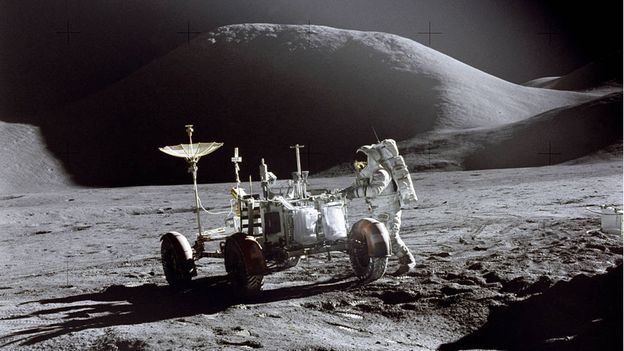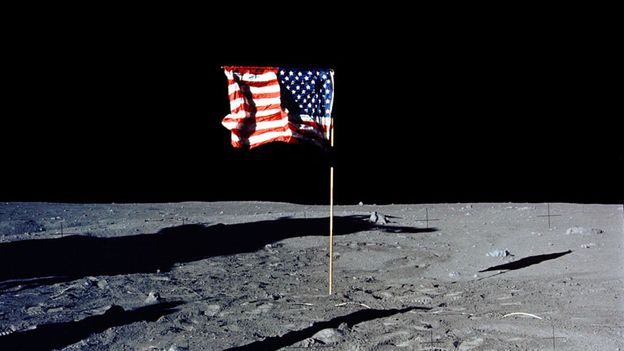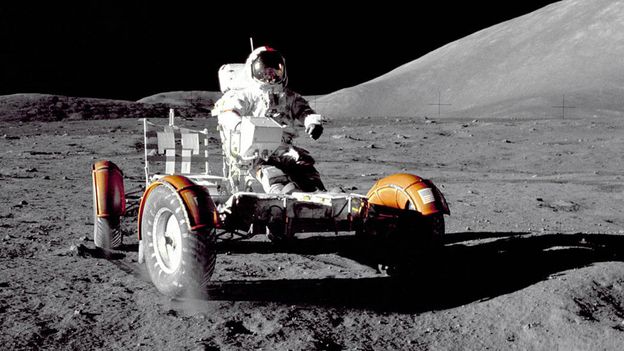- Joined
- 9 October 2009
- Messages
- 21,976
- Reaction score
- 13,637



 arstechnica.com
arstechnica.com


Aleksandr Matrosov 8 months ago
Wow! Tv monitor which is stream from the camera pointed to another monitor with UI glued on it! Push the button and printed document come to you through a vacuum tube! I work in a company, which deliver 4K video stream to million users, using AWS computing power to transcode it in real live. But I couldn't print a sheet of paper in an office, because of some technical problems. 50 years passed.
Mr. Morningstar 8 months ago
My Grandfather worked for IBM as a service technician after leaving the Army after Vietnam. He retired from there in 1996. I've heard plenty of stories from him about the kinds of machines that he would install and repair. The technology was amazing for the time, but it was heavily mechanical and required trained technicians to repair them. He said he had whole repair manuals on microfilm with some type of projector that he could reference when needed. No need to carry around tons of paper in his car when on a call. He still has his toolkit with his original Fluke 8020 that still works. He is perhaps one of the smartest men I've ever met and could fix anything. After seeing some older IBM machinery you'd have to be pretty damn sharp to repair them.
nulious8 months ago
I had an Uncle that worked for IBM as a subcontractor at Johnson Space Center. He wrote some of the programs that would send test telemetry to the mainframes to test that they were working properly. He did this during the Apollo and Sky Lab Missions. He gave me a tour of the Johnson Space Center in the late 70s., this was before they started have tours open to the public.
Joe Vignolo 8 months ago
Gene Kranz mentions in his book going to "battle shorts" during the lunar landings. They would short out all the fuses feeding power to all the consoles and support equipment in Mission Control. They didn't want the fuses blowing unnecessarily during the landing and would rather risk burning out the ground equipment.
From the Vault of MIT
Published on Jan 20, 2016
This 1965 MIT Science Reporter television program features the Apollo guidance computer and navigation equipment, which involve less than 60 lbs of microcircuits and memory cores. Scientists and engineers Eldon Hall, Ramon Alonzo and Albert Hopkins (of the MIT Instrumentation Laboratory) and Jack Poundstone (Raytheon Space Division in Waltham MA) explain and demonstrate key features of the instruments, and detail project challenges such as controlling the trajectory of the spacecraft, the operation of the onboard telescope, and the computer construction and its memory. The program was presented by MIT in association with WGBH-TV Boston, and hosted by MIT reporter John Fitch; it was produced for NASA. MIT Museum Collections.
Aluminum Oxide
Published on Apr 17, 2018
A timelapse of the renovation project in the Mission Flight Control room #3 at the Johnson Space Center, c June 2016.
The other 4 control rooms, including the historic Apollo control room, are in the process of restoration to their classic appearance.


